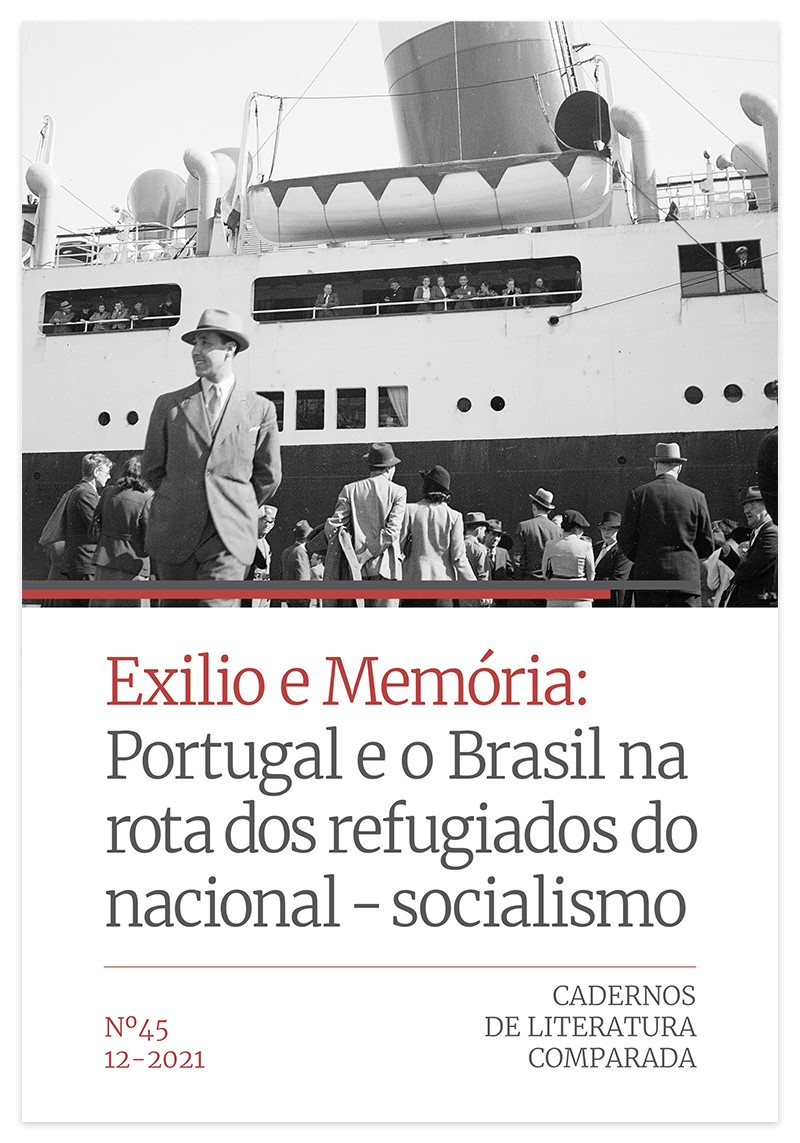Entre-mundos: a travessia dos refugiados do nazifascismo. Brasil, 1933-1945
DOI:
https://doi.org/10.21747/21832242/litcomp45d1Keywords:
Art, Brazil, Immigration, Jew, Holocaust, Literature, NazismAbstract
This article aims to sensitize our reader to the issue of forced migrations by Nazi violence that, from 1933 onwards, had consequences beyond Europe, including several countries in Latin America. Persecuted, frightened and humiliated by the national socialist state and collaborationist countries, the Jew had nowhere to go, as not all nations expressed the desire to adopt him as a citizen, as a human being bearing his own name and roots. Among those who chose Brazil as a refuge, temporary or permanent, we identified hundreds of artists, writers and scientists who turned their works into libels against intolerance. Through the artistic and literary production of this group, we intend to assess their perceptions of Europe destroyed by Nazi barbarism, interpret their traumas, their visions of “abysses” in the context of chaos and the meaning of life in the face of possible death.


